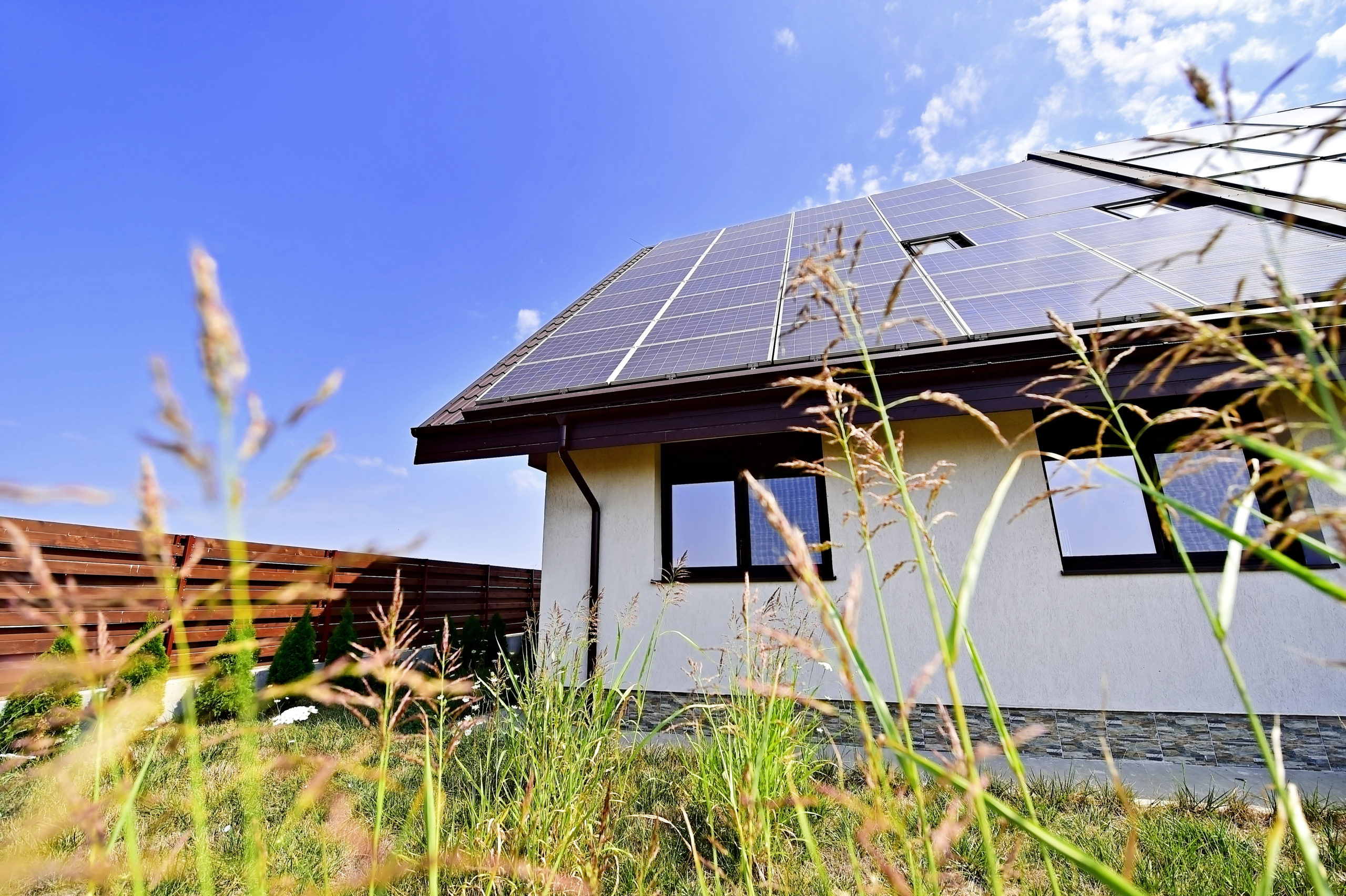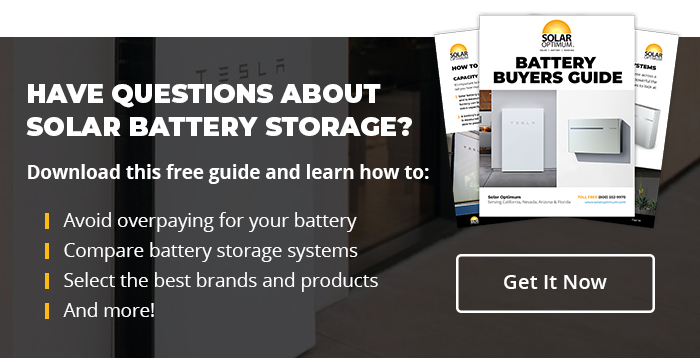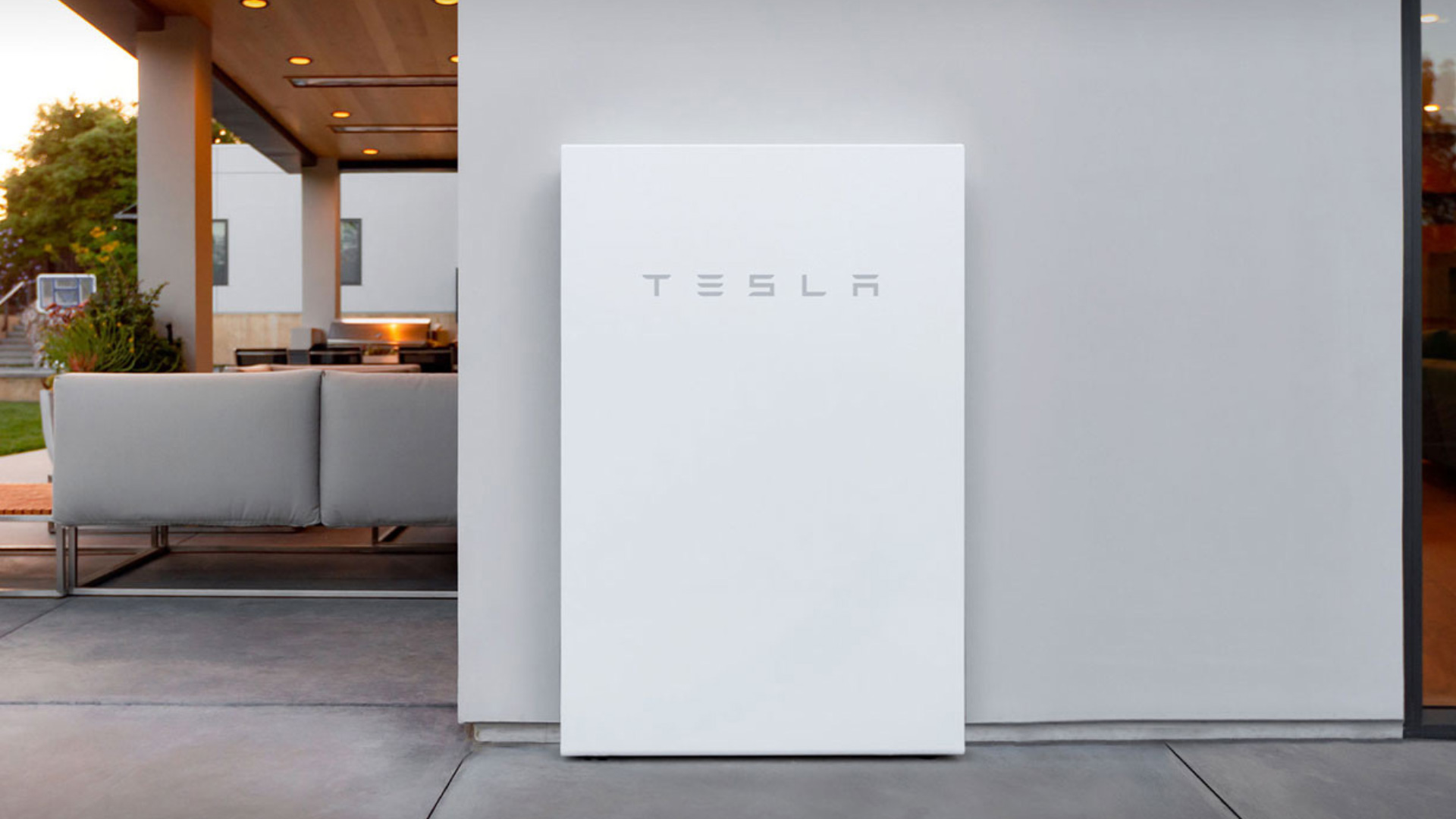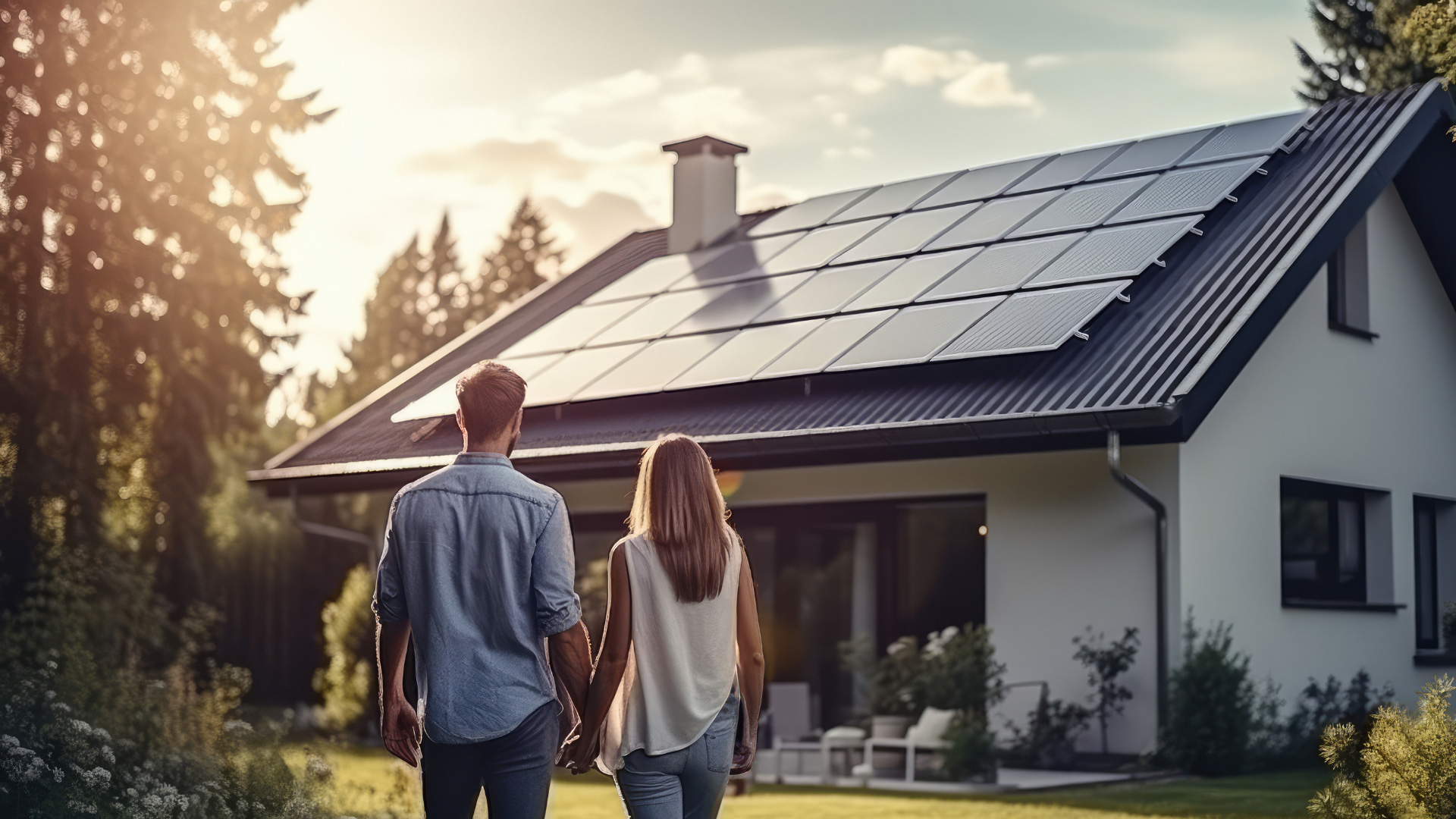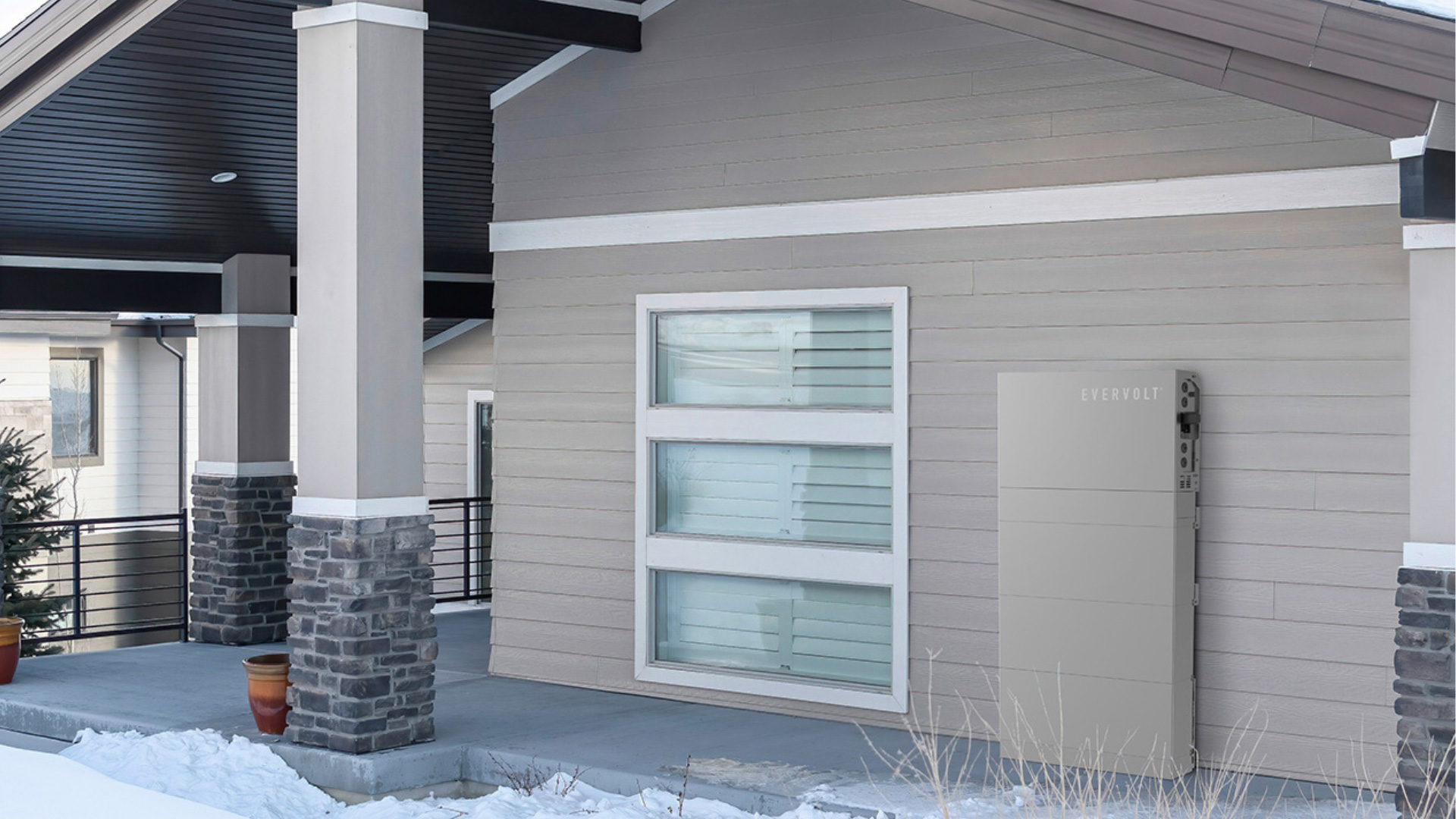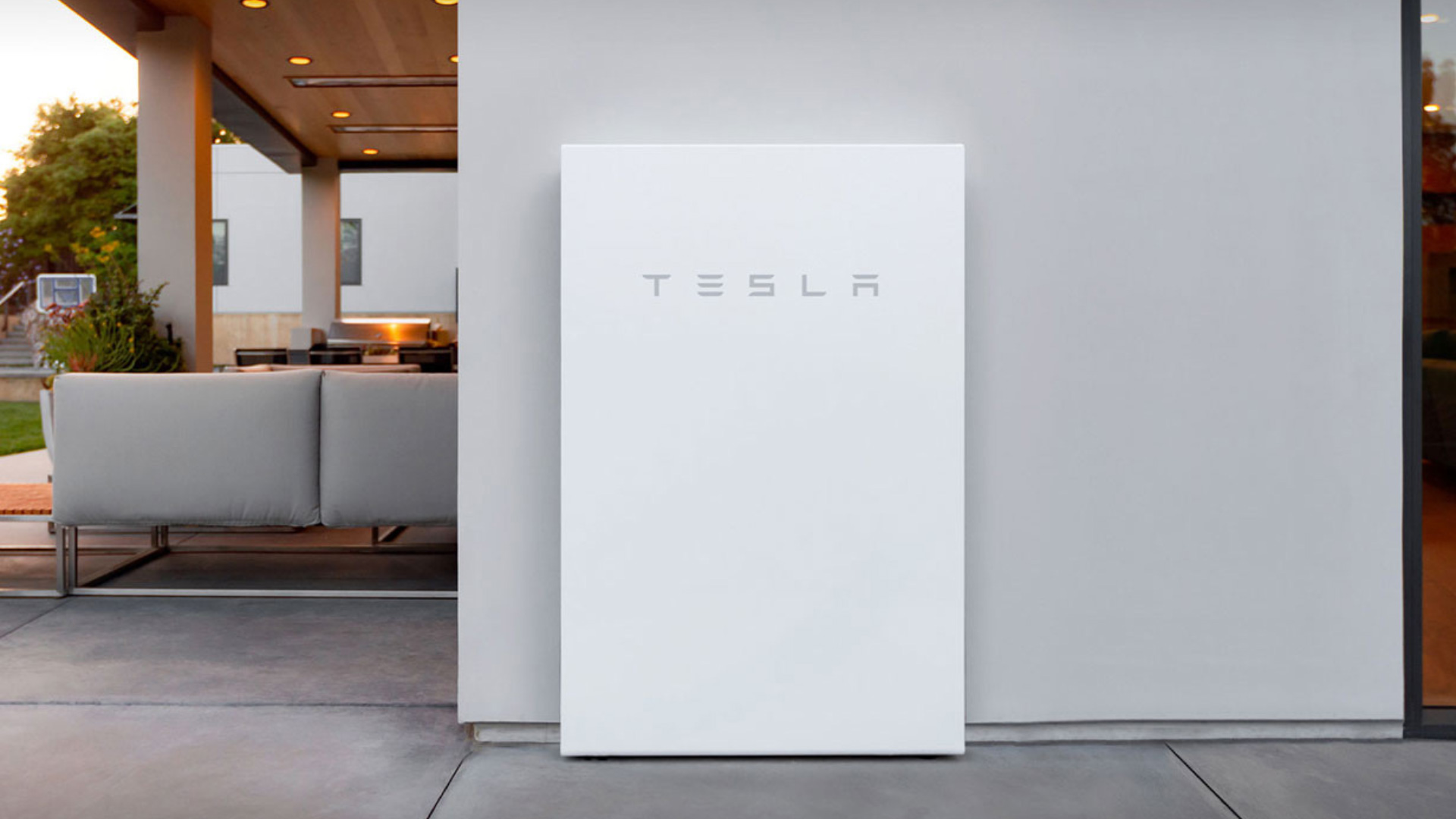The US is experiencing a revolutionary migration to solar energy that has increased the need for reliable home energy storage. Q3 2021 showed that properties purchased over 3,515 MWh of storage throughout the US. By 2026, the storage market is projected to be recording over $2.5 billion, almost tripling this year’s $1 billion.
While solar installations continue to power up California homes, the storage sector hasn’t entirely focused on people’s homes and lives. That’s why award-winning Solar Optimum has partnered with Enphase Energy to expand our solar installation services to include microinverter solar-plus-storage systems. With that, we believe we will not only offer our clients energy security, but we’ll also translate that into energy freedom.
Why Did Solar Optimum Choose to Install Enphase IQ Battery?
Apart from being a renowned brand in the solar industry, Enphase has extended its microinverter product portfolio to include battery storage. Through our partnership, homeowners can choose from the Enphase IQ Battery 3 and the Enphase IQ Battery 10. These options provide Enphase’s micro inverter-based storage systems.
How does it work?
The Enphase IQ battery is designed to integrate into the grid-tied solar systems to make it easy for homeowners to access reliable power backup solutions.
Enphase IQ batteries store the excess power generated by your home’s solar panels during peak hours. That way, you’ll have enough power for use later when power generation has dwindled or during extended power outages.
Enphase IQ batteries are AC-coupled. They are designed with inbuilt inverters that facilitate easy coupling with existing solar panel systems. Tesla Powerwall is one of the AC-coupled batteries available in consumer markets, but what differentiates Enphase IQ batteries from the rest is that they utilize powerful microinverter technology.
Factors Driving the Increasing Need for Solar Storage Systems in Homes
Rapid evolution is taking place in solar energy storage technology. Before, it was limited to small-scale off-grid connections, offering little storage for grid-tied installations. More people are now installing large-scale grid-tied solar storage systems for solid reasons.
The Threat of Grid Destabilization
The high probability of grid destabilization is the primary factor catalyzing the need for energy storage. In Hawaii, for instance, there are widespread solar installations. Utilities can’t optimally use the frequency and voltages generated because of the high number of installations integrated into the grid. Therefore, whatever power you generate from your solar system, it’s yours to use. You can’t connect it to the grid.
In California, homeowners change their peak times for PV use that aren’t compatible with average PV production. Many solar systems generate power through mid-day and peter out in the evening. That was practical when property owners used the power to run their HVAC systems during the day. But the pattern has changed. California homes and utilities now require power in the evening (when they get home). If you don’t have reliable backup systems to provide power in the evening, then you’re not truly maximizing your PV system.
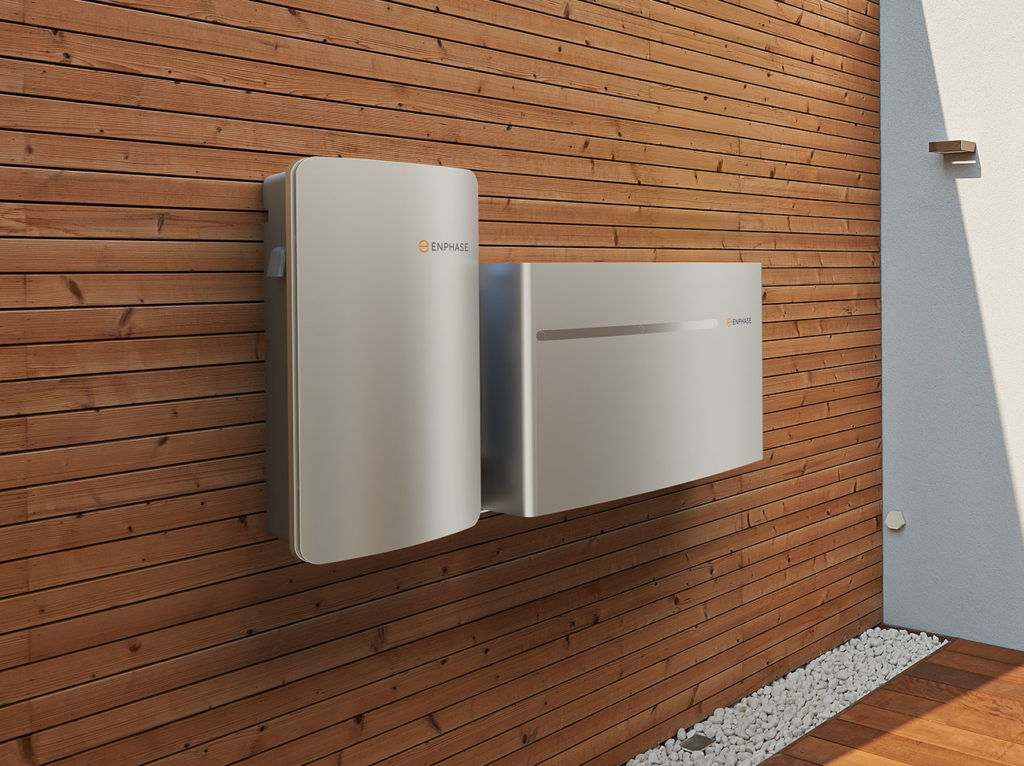
More Homeowners Looking to Go Off-Grid
According to the US Energy Information Administration (EIA), the annual electricity consumption for the average American resident was about 893 kWh per month. That results in high monthly bills, which many households find challenging to pay.
Many people are now looking for a low-cost alternative source of power that provides independence. Solar-based energy-plus-storage has proved to provide an easy-to-install and more affordable power source for the average residential utility customer to manage with ease.
Contact Solar Optimum today if you plan to go solar or need reliable solar storage systems. We offer dependable PV installation equipment and services with energy backup systems powered by Enphase IQ batteries. We promise you’ll enjoy the energy security and freedom.

